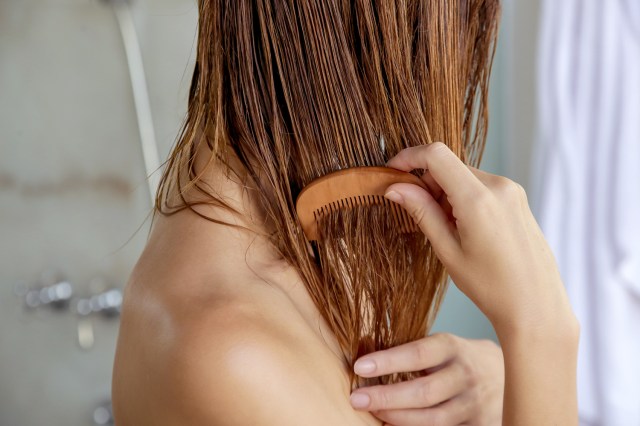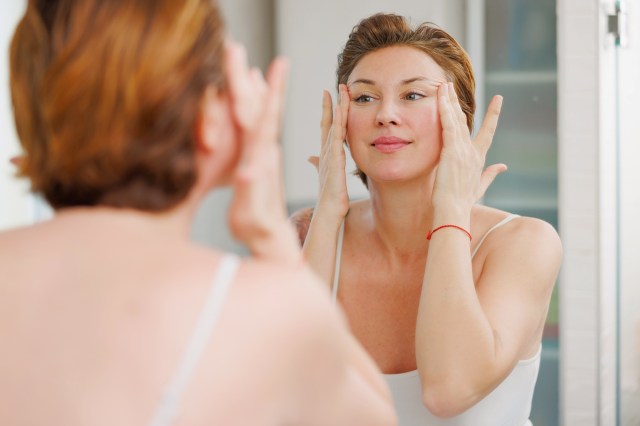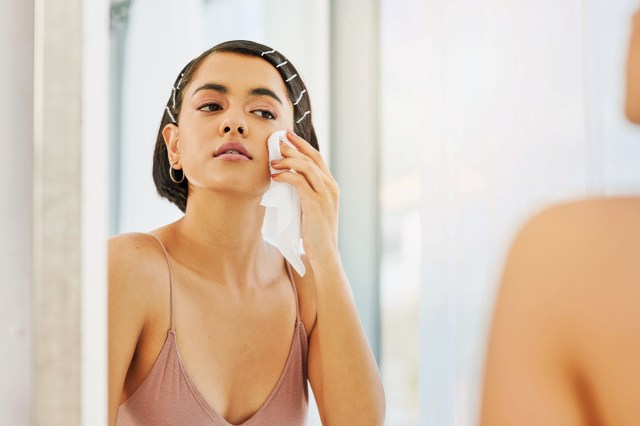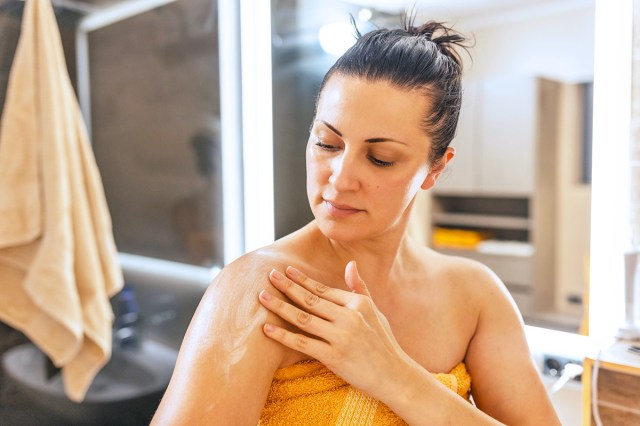It’s one of life’s greatest mysteries: How do shampoo commercial models get their hair to look that good? While we may never know their secrets, we can recommend a haircare hack to bring you one step closer to camera-ready tresses. This movement — dubbed “reverse shampooing” — is taking the industry by storm. It flips the traditional order of shampoo and conditioner (so rebellious, we know), leaving you with silky smooth locks. This beauty trend has gone viral on social media and is vouched for by a slew of celebrity hairstylists as a miracle fix for lackluster hair plagued with split ends. Here’s what all the fuss is about.
All featured products and deals are selected independently and objectively by the author. Better Report may receive a share of sales via affiliate links in content.
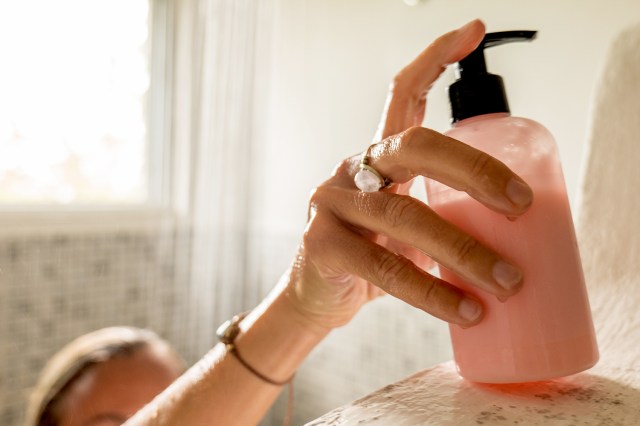
Why You Should Try Reverse Washing
For some, reverse washing might be the holy grail of haircare, promoting scalp revitalization and hair growth. Jonathan Colombini, celebrity hairstylist and director of style and color at L’Oréal, says, “Everyone’s hair care routine is different. However, in my opinion, all hair types and textures can benefit from reverse washing.” You heard it here: Anyone can do it. However, a few hair types benefit more from this technique than others.
Shampoos often wreak havoc on fine, dry, or damaged hair because the formula’s detergents and surfactants can strip the hair of too much oil, leaving it brittle and frizzy and the scalp dry and flaky. Reverse washing fixes that by leaving hair feeling moisturized and smooth with more volume. By conditioning first, the hair shafts are coated in a protective layer (with silicones, proteins, and natural oils) that shampoo can’t easily penetrate. This acts as a primer and reduces negative impacts while you lather up. And don’t worry, shampoo can still do its duty. It removes dead skin cells, product buildup, and excess oil even while the conditioner is on.
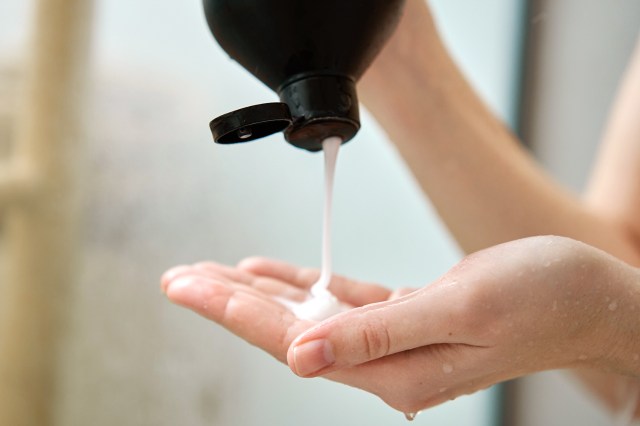
Best Practices for Reverse Washing
Reverse washing isn’t necessary every time you wash your hair, but it is helpful for most hair types to do it occasionally when your hair or scalp feels extra dry. To try this method, apply conditioner all over your hair, focusing mainly on mid-shafts and ends, and allow it to sit for a few minutes before applying shampoo to your hair, focusing on creating a good lather at the scalp and the roots. Finally, rinse the shampoo and conditioner out at the same time, and voilà — you’re a reverse washer!
While any conditioner can technically be used during reverse washing, opt for conditioners labeled as “pre-wash” or “pre-shampoo,” which are thinner in consistency. If the conditioner is too thick, the shampoo won’t be able to remove any dirt or residue, and your reverse wash will be a major flop.
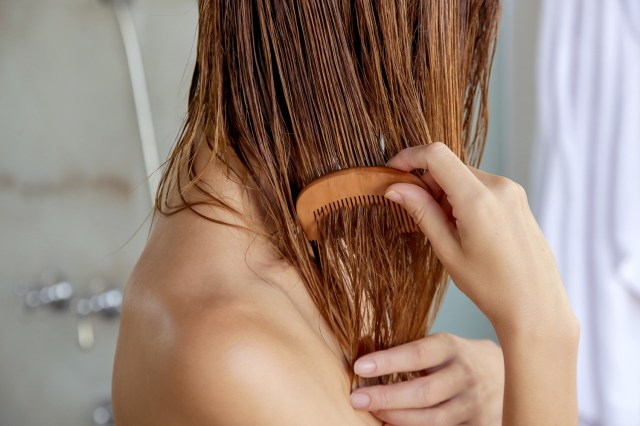
Is Co-Washing the Same as Reverse Washing?
Alongside shampoos and conditioners, you might have noticed a third product labeled “co-wash,” short for “conditioner washing.” These two-in-one haircare products cleanse and condition simultaneously. For those who value simplicity, this one-step routine sounds like a dream.
However, these cleansing conditioners are best for those with very dry scalps, chemical damage, and curly or textured hair. These hair types report better curl definition and less breakage with co-washing. The downside of co-washing is that it can leave more product buildup, dirt, and oil on the hair and scalp than other washing methods, so it usually isn’t suitable for those with fine or straight hair because buildup will be more visible.
Featured Image Credit: triocean/ iStock
More From Our Network
Better Report is part of Optimism, which publishes content that uplifts, informs, and inspires.
